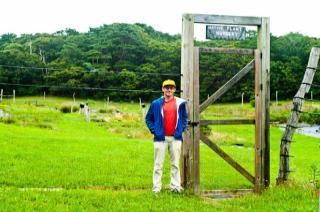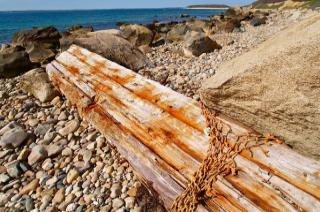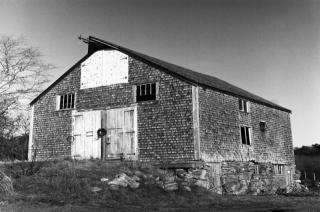Residential developments, historically perceived as a threat to wildlife habitats, are taking on a positive role through a new Nature Conservancy program called the Vineyard Habitat Network.
Residences that can actually foster healthy habitats? It’s not only possible, it’s being done already, habitat officials say.




